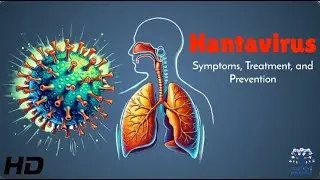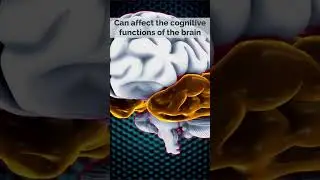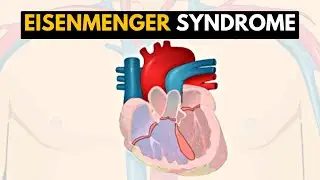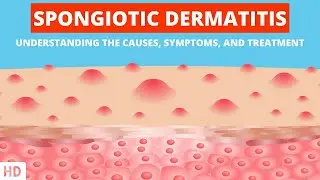Eisenmenger Syndrome Explained: A Comprehensive Guide
.
Chapters
0:00 Introduction
0:05 What is Eisenmenger Syndrome
1:01 What are the causes of Eisenmenger Syndrome
1:30 What are the symptoms of Eisenmenger Syndrome
2:04 How is Eisenmenger Syndrome diagnosed?
3:14 how is Eisenmenger Syndrome treated?
Today, we will explore the key aspects of this rare but serious heart condition. From its causes and symptoms to the diagnostic process and available treatment options, we aim to provide you with valuable insights into Eisenmenger Syndrome.
Definition and Background:
Eisenmenger Syndrome is a complex condition that arises as a complication of specific congenital heart defects. It occurs when a defect in the heart's structure leads to abnormal blood flow, causing the blood vessels in the lungs to thicken and narrow over time. This condition affects the body's ability to oxygenate the blood properly, resulting in symptoms and potential complications.
Causes:
Eisenmenger Syndrome typically develops in individuals with certain congenital heart defects, including ventricular septal defects (VSDs), atrial septal defects (ASDs), and patent ductus arteriosus (PDA). These defects create abnormal communication between the heart chambers or blood vessels, leading to changes in blood flow patterns and ultimately causing Eisenmenger Syndrome.
Symptoms:
The symptoms of Eisenmenger Syndrome can vary from person to person. Common signs include shortness of breath, fatigue, cyanosis (bluish discoloration of the skin and lips), heart palpitations, and clubbing of fingers and toes. Individuals may also experience chest pain, fainting, decreased exercise tolerance, and swelling. Recognizing these symptoms is crucial for early detection and timely medical intervention.
Diagnosis:
Diagnosing Eisenmenger Syndrome involves a thorough medical history review, physical examination, and a range of diagnostic tests. These tests may include echocardiography, electrocardiogram (ECG), cardiac catheterization, and blood tests. A comprehensive evaluation helps healthcare professionals confirm the presence of Eisenmenger Syndrome and assess its severity.
Treatment:
While there is no cure for Eisenmenger Syndrome, various treatment options aim to manage symptoms, improve quality of life, and prevent complications. Medications such as vasodilators and diuretics may be prescribed to relieve symptoms and reduce the workload on the heart. In severe cases, heart and lung transplantation may be considered. Regular medical check-ups and lifestyle modifications are essential for individuals living with Eisenmenger Syndrome.
Conclusion:
Eisenmenger Syndrome is a complex heart condition that develops as a result of certain congenital heart defects. By understanding its causes, recognizing the symptoms, and seeking timely medical intervention, individuals with Eisenmenger Syndrome can manage the condition and improve their quality of life. Regular follow-ups with healthcare professionals, adherence to prescribed treatments, and a healthy lifestyle play crucial roles in effectively managing this condition.






![[ ROYALTY FREE MUSIC ] Dead Tubes Foundation - Seagull](https://pics.providosiki.ru/watch/vc5YD2FQq5I)
























